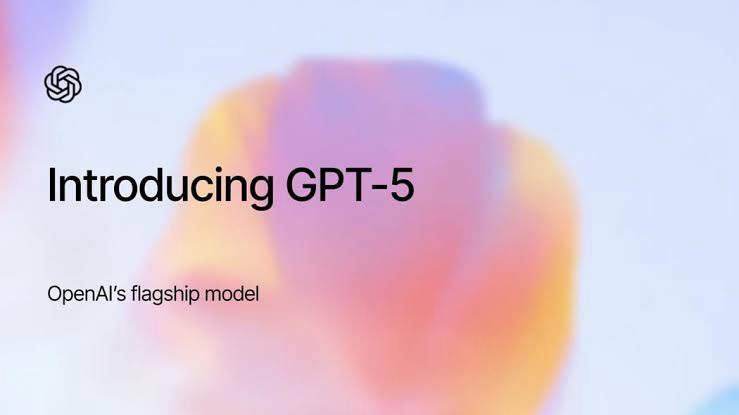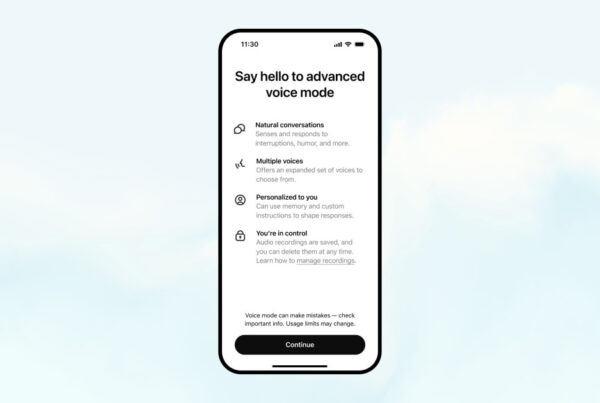The launch of GPT-5 in early August 2025 has become a major spotlight in the tech world. The latest model is touted as a big leap in artificial intelligence, offering deeper reasoning capabilities, improved token efficiency, and faster response times. However, behind these claims of advancement, many users have identified several shortcomings affecting their experience.
For many long-time users, the transition to GPT-5 has been less than seamless. Expectations for a smarter, more adaptive system clash with the reality that some key features from previous versions are now missing or altered. Criticism has started to build, shaping a narrative that this update does not fully meet expectations.
No Continuous Learning
One of the biggest points of criticism is the lack of continuous learning. GPT-5 does not store or update knowledge based on new interactions. As a result, the information it provides remains dependent on its existing database, without the ability to adjust in real-time to the latest developments.
Limited User Control
GPT-5 now uses an automatic model selection system that decides when to use the full version or a lighter variant. While this mechanism is designed for efficiency, many users feel they have lost the freedom to choose the model that best suits their needs. Moreover, older models that were popular before are no longer available to most users.
Questionable Response Consistency
Even with more advanced algorithms, GPT-5 does not always deliver responses with the same depth. Some users report shorter or less informative answers compared to the previous generation. This has sparked the perception that interaction quality is unstable from one session to another.
Technical Issues at Launch
During the initial launch period, several technical disruptions affected the user experience. Automatic model selection did not always work as intended, resulting in inconsistent output. Some users described the interactions as “less intelligent” compared to their initial expectations for this new generation AI.
Shift in Communication Style
Beyond technical aspects, changes in communication style have also drawn attention. GPT-5 is seen as more formal and flat in its responses, making interactions feel less warm. For users who valued the natural conversational style of earlier versions, this change represents a significant loss of appeal.
Summary of GPT-5 Weaknesses
- No continuous learning capability
- Automatic model control reduces user freedom
- Response quality consistency remains unstable
- Technical glitches at initial launch
- More formal and flat communication style
At Olam News, this serves as a reminder that technological innovation should be measured not only by upgraded specifications but also by the comfort and control experienced by users. Major changes like GPT-5 must be accompanied by developer transparency in addressing feedback and concerns, so technology can truly serve as a partner that enhances human capability rather than limiting it.









